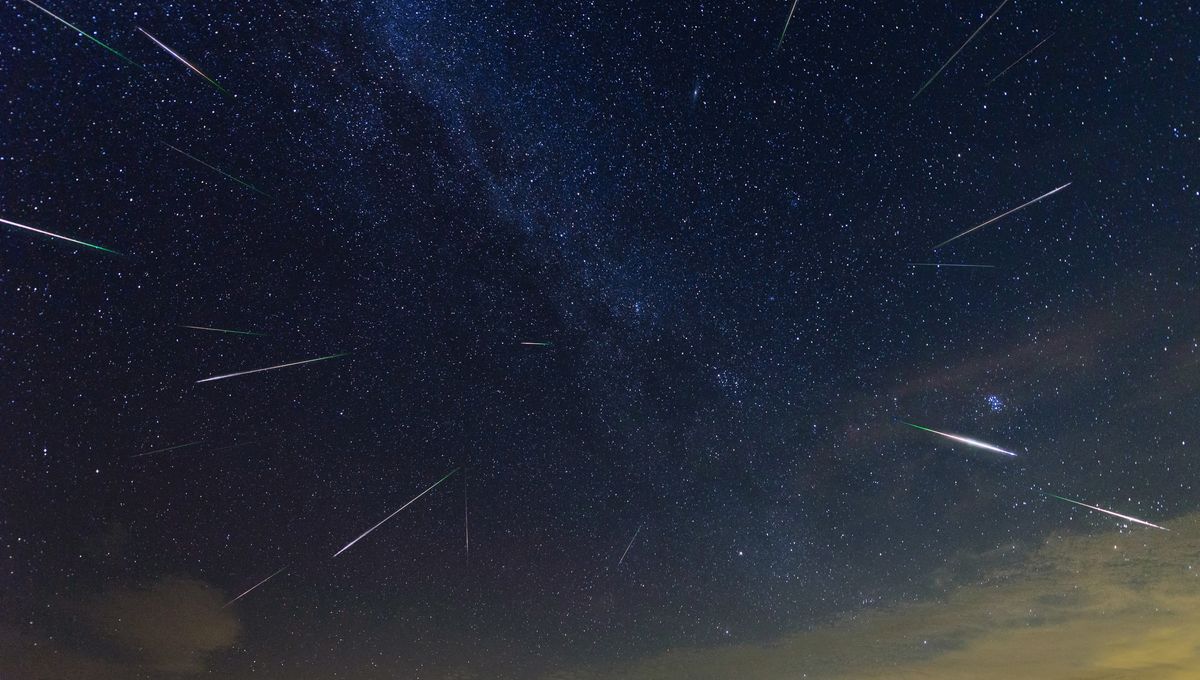
The Perseids meteor shower continues to be the most popular in the Northern Hemisphere as it peaks in the warmth of August. It is also the most active in this period and one of the most active across the year, consistently delivering spectacles. The peak is happening the night between August 11 and August 12, with a Moon that is almost halfway to full. Not ideal, but good enough for a nice show.
At its peak at 14:00 UTC, the shower will produce 100 meteors per hour – but around it, you can see a meteor every minute or so. If the weather is not great, remember that the shower will continue until August 24. However, as the Moon waxes into fullness, the spectacles will get harder to see.
This is not the only meteor shower happening at the moment, though: Weaker showers are also active right now, such as the Alpha Capricornids, the Southern Delta Aquariids, and the Kappa Cygnids. The Alpha Capricornids and the Southern Delta Aquariids actually peak at the same time at the end of July.
If you want to be specific, there are ways to tell if you have seen a Perseid meteor. First of all, they tend to be faster than the others. You can also try to work out the radiant: Perseids tend to look like they radiate out from the constellation of Perseus, so if you want to find them, finding the constellation is a good step. The constellation is towards the North East. Remember to leave time to let your eyes adjust to the darkness (phone in your pocket please!).
Meteors have been called shooting stars, but have very little to do with stellar objects. They are the leftover grains of dust and ice that comets and asteroids crossing the Earth’s orbit have left behind. This cloud has a variable density, so some years the spectacle is better than others – 2016 had a fantastic peak of 150 meteors per hour.
The celestial culprit of the Perseids is none other than the periodic comet Swift-Tuttle. It gets close to the Sun every 133 years, and as it gets close it loses debris as long tails. When the debris is captured by our planet and burns through the atmosphere, we call it a meteor. There is plenty of Comet Swift-Tuttle to go around – the comet is 26 kilometers (16.16 miles) wide. On its next passage in 2126, it will be brightly visible to the naked eye from Earth.
The Perseids have been talked about for hundreds of years, becoming a religious symbol, poetic discussion, and a much-anticipated spectacle for the lovers of the night sky.
Source Link: Most Spectacular Meteor Shower Of The Year Peaks In A Few Days